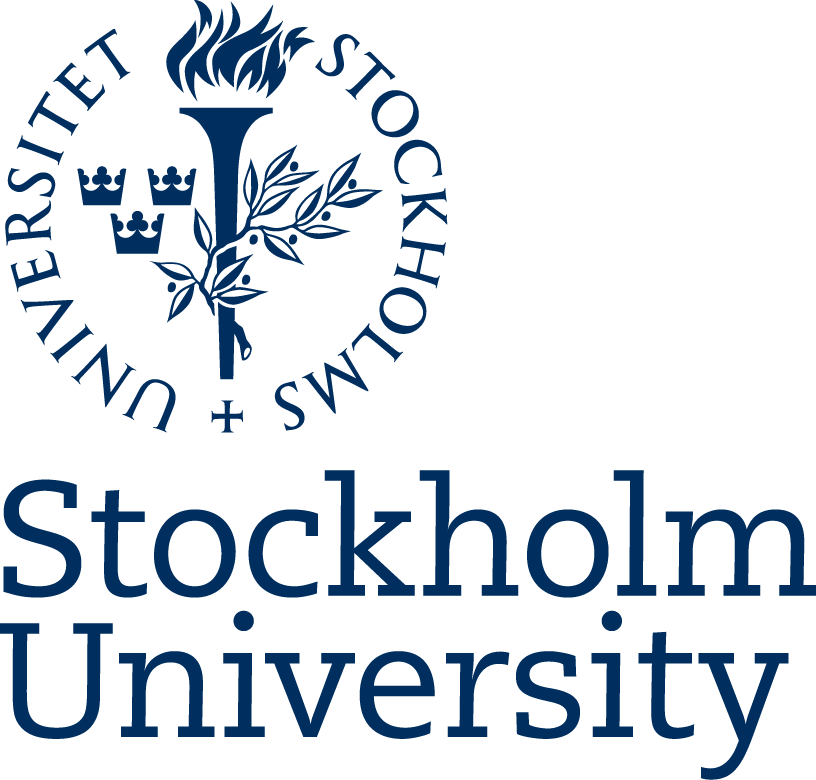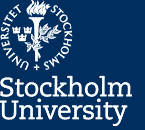Master's Programme in Medical Physics, 120 ECTS
Second levelFacts
No available factsEducation plan
Description
Area of interests: Science and Mathematics
Science and mathematics help us understand how the world around us is connected – from the origin and structure of the universe, to the development and function of humanity and all other organisms on earth. Scientific knowledge makes it possible to critically examine the credibility of information in different areas of everyday life, society, and the media. As a scientist or mathematician, you will be attractive on a large job market that covers all parts of society and includes everything from pure technology companies to environment and healthcare, as well as research.
Area of interests: Science and Mathematics
Science and mathematics help us understand how the world around us is connected – from the origin and structure of the universe, to the development and function of humanity and all other organisms on earth. Scientific knowledge makes it possible to critically examine the credibility of information in different areas of everyday life, society, and the media. As a scientist or mathematician, you will be attractive on a large job market that covers all parts of society and includes everything from pure technology companies to environment and healthcare, as well as research.
Subject
Medical Radiation Physics
Medical radiation physics is an interdisciplinary physics subject with application to mathematics, medicine biology and chemistry. The subject covers the use of radiation mainly in medicine in both diagnostic and therapeutic applications, but also within industrial applications like nuclear power. There are also possibilities to work at companies within the area of biomedical engineering, some of which are emanating from research ideas at the department. Radiation means mainly ionising radiation, i. e. x-rays and radiation from radioactive sources, but the medical applications of non ionising radiation as e g ultrasound, laser and in special MRI (magnetic resonance imaging) are also discussed. Radiation protection and radiation risks are an important part of the subject and the transport of radioactive nuclides from a radiation source, e g, a nuclear power station, to a human being is studied in detail. A Master of Science in Medical Physics, that is obtained after studies at the Medical Physics program, is compulsory for getting a registration as a medical physicist. The research at the department is studying the physical and biological effects of radiation, to be able to develop new diagnostic and therapeutic methods using ionising radiation. Another important part of the research is dedicated to the development of methods to detect and measure radiation with as high sensitivity and accuracy as possible. Mathematical models make it possible to simulate both transport and detection of radiation why except from experimental studies, computers are important tools.
Physics
Physics deals with ‘matter and its motion’ as well as ‘space and time’. Important concepts are then force, energy, mass and charge. It is an experimental science and its goal is to understand the natural world. The interplay with theoretical model building and experimental work is then important. It is an old science subfield and it developed through the subfield of astronomy to which it is strongly related. The ‘modern’ science discipline physics developed during the 17th century when it diverged from disciplines like mathematics, biology and chemistry. Today one can see that the boundaries between these fields of science are more difficult to define again. Today, physics is a broad and highly developed subject. Research is divided into many subfields: condensed matter physics; atomic, molecular, nuclear and optical physics; high energy physics, elementary particle physics and astrophysics. At Fysikum there are research groups in all the main areas of physics. There is a number of open questions in physics. Mainly physics is studied in study programs at Stockholm University but we have also a lot of separate courses. There is a Bachelors of Science programme in Physics and three masters programmes in respectively Physics, Theoretical Physics and Computational Physics. The teaching of the masters programmes are in English. In the B.Sc programme English textbooks are used extensively.



